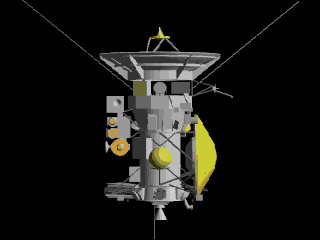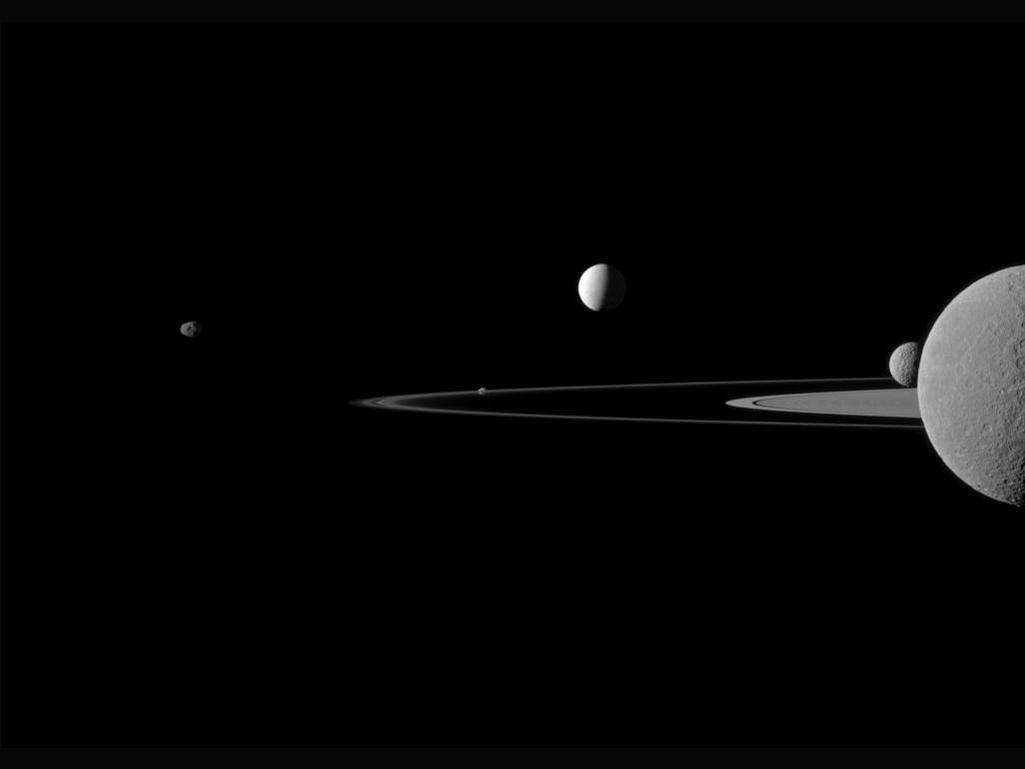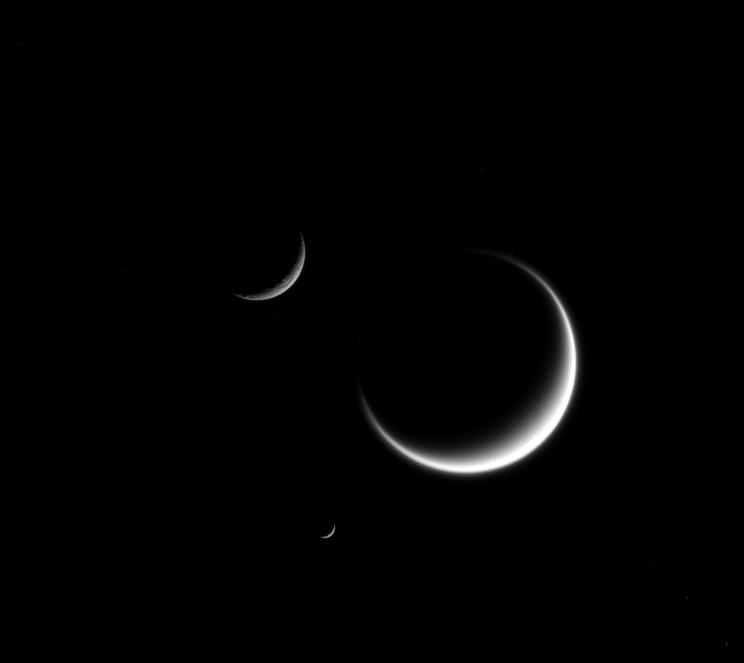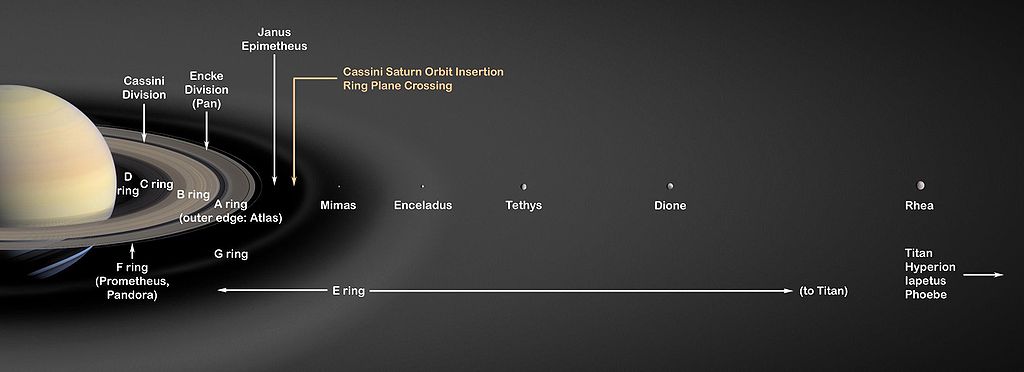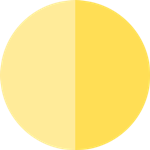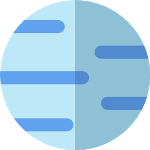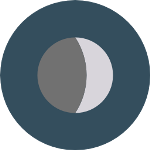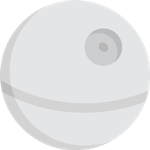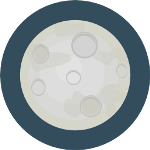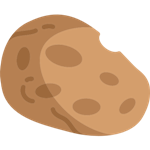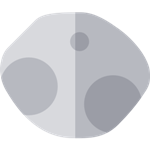Saturn’s Amazing Moon System
Learn About Saturn's 82 Moons!
The moons of Saturn are numerous (the most of any planet in the solar system) and diverse. Technically ranging from the microscopic particles making up Saturn’s majestic rings, to tiny egg-shaped moonlets all the up to the enormous Titan (the second largest moon in the solar system and even bigger than the Planet Mercury)!
The distribution of mass across Saturn’s moon system is very lopsided with the largest moon Titan, accounting for more than 96% of the mass. The seven next biggest moons (Rhea, Iapetus, Dione, Tethys, Enceladus, Mimas & Hyperion) accounting for nearly all of the remaining 4% leaving the remaining 74 small moons (along with the majestic rings) making up only 0.03% of the mass!
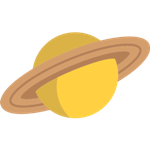
Incredible Planet-Like Titan
Discovered in 1655, Titan is the largest moon of Saturn, is often described as being planet-like as it’s the only moon known to have a dense atmosphere and the only object other than Earth where surface liquid has been found.
Active Icy Enceladus
Enceladus is about 500 kilometres in diameter, but despite its small size areas are craterless and covered by fresh, clean ice from active geysers which make the little moon one of the most reflective bodies of the solar system.
Two-Faced Iapetus
The third largest moon of Saturn, Iapetus has a distinctive ‘two-tone’ appearance unlike any other moon, due to its dark leading side and bright trailing side. It also has a mysterious equatorial ridge! Check it out!
Mimas The Death Star Moon!
Despite being the smallest body in the solar system to be rounded by gravity, Mimas is most famous for its large Herschel Crater, which makes the moon resemble the Star Wars space station – the Death Star!
Cracked & Cratered Dione
Discovered in 1684, Dione is composed primarily of water-ice and completes an orbit of Saturn every 2.7 days, despite orbiting at about the same distance as Earth’s Moon does from Earth!
Rhea The Dirty Snowball Moon
Rhea is the ninth-largest moon in the solar system, and the second-largest of Saturn (behind Titan), its water-ice content makes it very similar to its neighbouring moons Dione and Tethys.
Frozen Icy Tethys!
Tethys with the lowest density of a major moon in the solar system, Saturn’s 5th largest moon is heavily cratered, scared by a large chasm and marked with mysterious red streaks! Learn facts about it here!
Smooth & Egg-shaped Methone
The small inner moon of Methone orbiting between the much larger moons of Mimas & Enceladus, has the distinct appearance of a smooth egg devoid of craters! This odd tiny moonlet needs to be seen to believed!
The Irregular Moon Hyperion
The unique looking Hyperion is the largest nonspherical moon in the solar system and has a distinctive spongy appearance. It is also the only regular planetary moon not to be tidally locked to its planet!
Saturn's 74 Other Moons
Of Saturn’s 82 moons, 69 have diameters less than 40 kilometres (not including the objects (moonlets) which make up Saturn’s rings of course). The majority of the small moons are irregular satellites. Read Fun Facts about them here.

